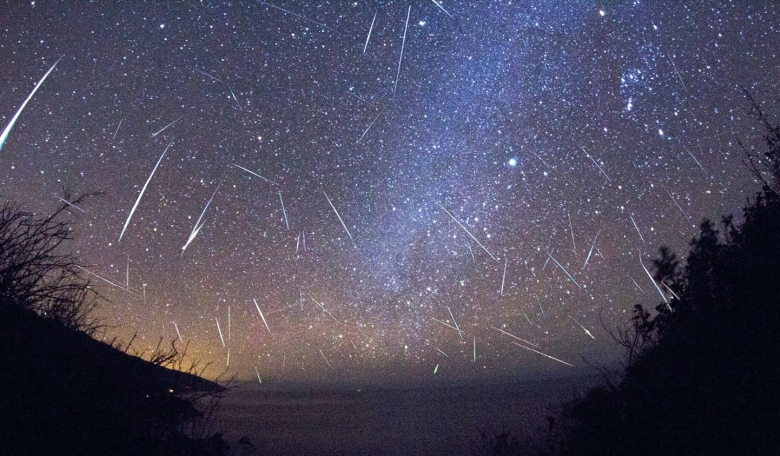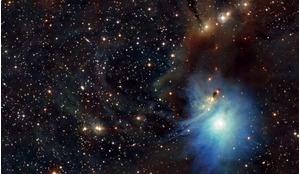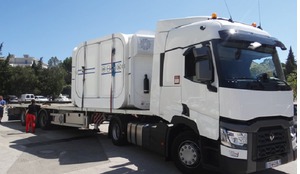Monitoring meteors and space debris is an essential aspect of the field of space and astronomy today both for scientific importance and for planetary defence. Tracking meteors enables us to know the different meteor sizes, the orbits they’re following and if their fall is recorded, which part of space they came from. Now, the UAE Space Agency, in collaboration with the Sharjah Academy for Astronomy, Space Sciences and Technology (SAASST), has launched the UAE Meteor Monitoring Network (UAEMMN) with a mission to monitor space debris in the UAE sky, enable universities to benefit from the network’s results to conduct studies related to meteors and engage the public to make them more aware of the issues of space debris.
Observing the sky started as a tool to study different astronomical phenomena like eclipses, meteor showers, auroras, and many more. However, today it has also become an essential method of planetary defence, allowing observers to document and take precautions when necessary against space debris like meteors and satellite remnants.
Many of these remnants do not enter the atmosphere; instead, they orbit around the Earth, with the potential to cause serious threats to operating spacecraft. Their speed can reach up to 17,500 mph which is almost seven times faster than a bullet and sufficient to cause massive damage to a satellite or spacecraft.
When a meteoroid enters Earth’s atmosphere, it burns up and appears as a streak of light, resulting in an event called a meteor or a shooting star. A surviving meteor that does not completely burn up and manages to land on Earth, is called a meteorite. Over the last century, thousands of meteorites have left significant impacts in different parts of the world, such as the Chelyabinsk and Tunguska craters in Russia. Consequently, a need for monitoring the sky has arisen.














